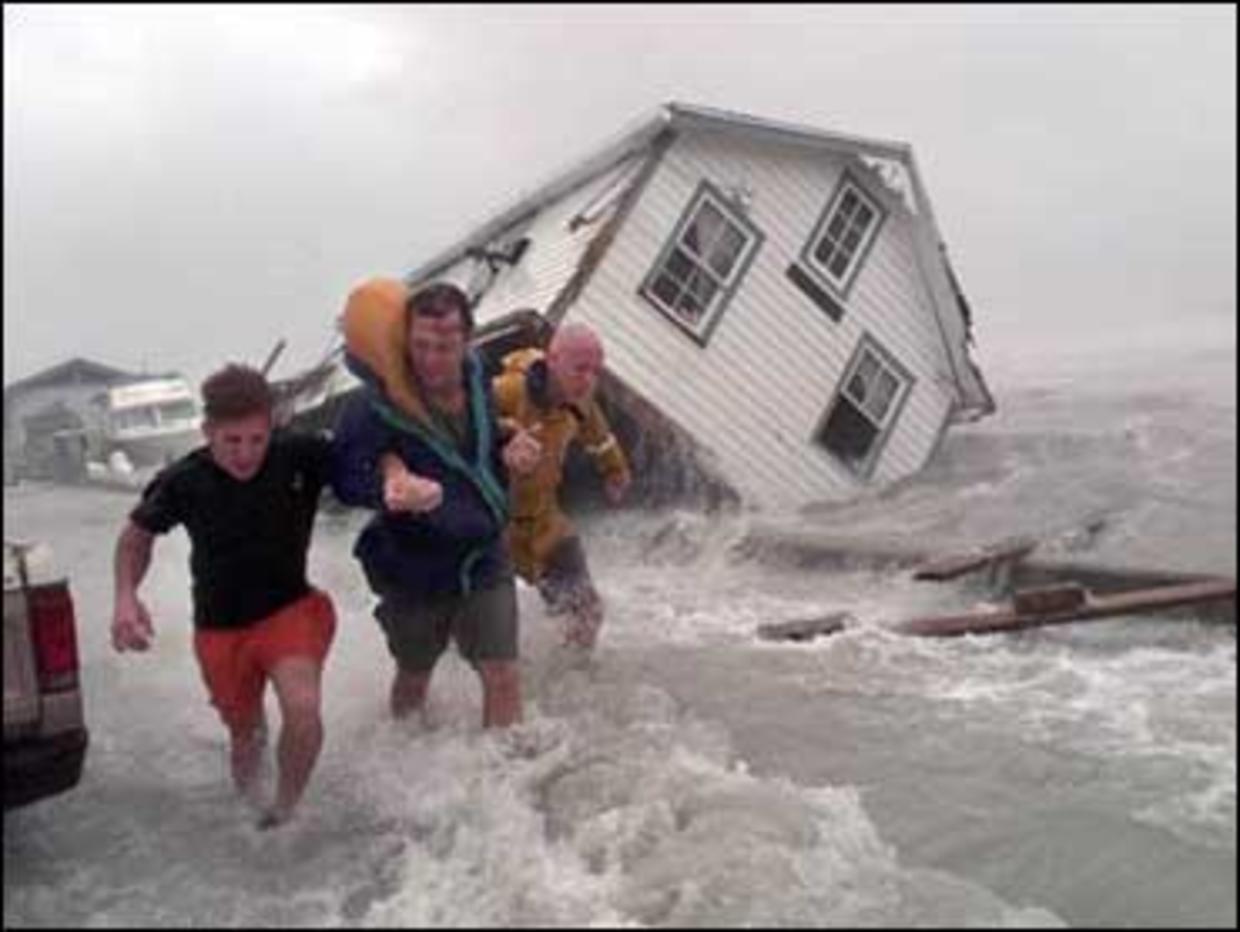
In Vermont, this is already underway – with a focus on increasing resilience to flooding. Research has shown that urban planning can help to mitigate many of these impacts, such as by better designing communities and urban environments to anticipate and respond to natural events. The flooding reached such devastating levels that US President Joe Biden declared a state of emergency, after the Winooski River burst its banks and the Wrightsville Dam neared capacity – which would have caused unprecedented damage if the dam had failed.Ĭutting global emissions is crucial to avoid the worst impacts of climate change, but some of these impacts are already locked in – and already being felt by communities across the world, including many in the US.

There were more than 9in (22cm) of rain in a single day in some areas of the state, after storms dumped up to two months of water in a matter of days. In early July, the state of Vermont was hit by historic flooding, which caused at least one death and battered roads, bridges and homes. It drags shopping trolleys, rubbish bins and other debris along with it, turning the quiet street into a rushing river.Īlarmingly, the residents of Ludlow, usually a ski resort town, would soon be using kayaks to paddle down roads submerged under 3.5ft (1.1m) of water. Moments later, a security camera shows a wave of dirty brown water flooding through the street, crashing up against the kayak. A black and red kayak sits propped up outside Tygart Mountain Sports in Ludlow, Vermont, strapped to the pillar as an invitation for passers-by to enter the ski and mountaineering store.


 0 kommentar(er)
0 kommentar(er)
